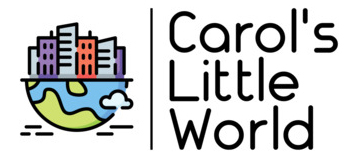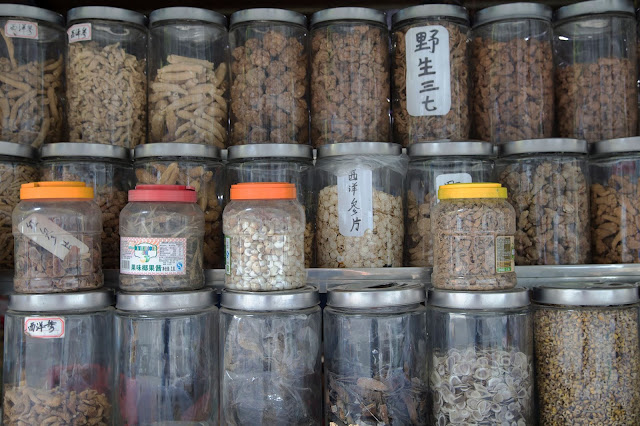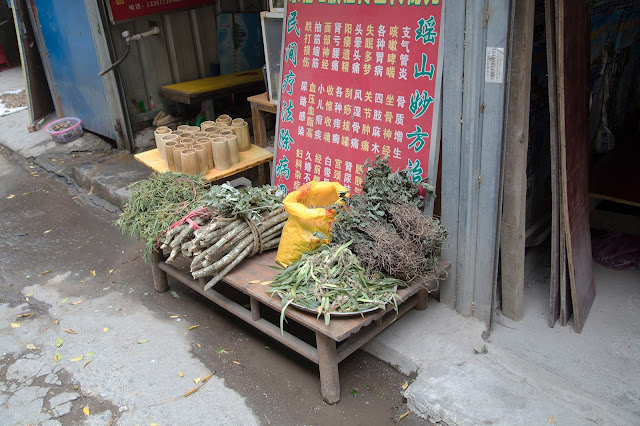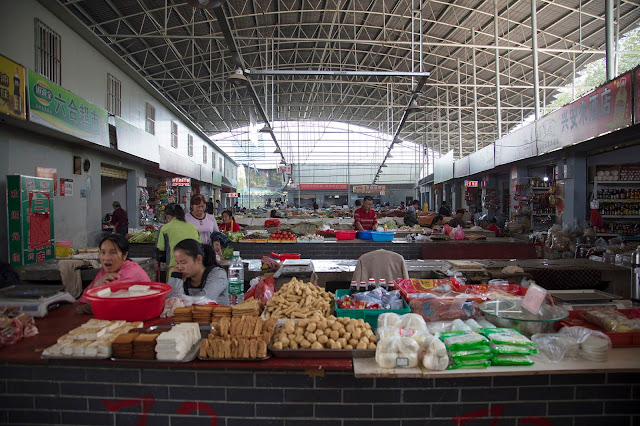With COVID-19 (Corona) being in the news a lot lately and speculation that this outbreak started in a wet market in China, I thought it might be a good time to share a few images from my visit to a Chinese wet market. When I was in Guilin, there was both a dry and a wet market within walking distance of my hotel. I spent a lot of time photographing both markets, although they were really just one big market as they were connected via a back entrance.
The dry market was a sprawling display of dry goods, tobacco products, mahjong players, barbers, and even dressmakers, that stretched for about a mile and was partially carved into the mountain (actually boulders) along the way. I was particularly fond of strolling this dry market path, as it was outdoors and offered a host of photographic opportunities. Along the dry market path, if you made the correct turn-off, you could enter the back of the wet market, which sold meat, produce, diary products, and a host of other goods. While I did not opt to photograph the wet market nearly as much as the dry market, I did manage to grab a couple of shots at several points in my journey. You can see some of them here.
Recently, there has been a lot of discussion about goods for sale at these type of wet markets-what you can buy, what you can’t, and the like. While in China, I actually visited several markets, including some open air markets that were larger and sold many types of animals. At the time, I even joked that they had, “a fox in a box,” as there was a fox for sale at one market I visited. All kinds of birds, fish, and animals were up for grabs if you were so-inclined and the price was right. At the time, we also called these markets, “medicine markets,” as a lot of apothecaries shopped there too, securing ingredients needed for medicine. It can be interesting to visit these kinds of place, kind of fun to explore, even if it’s just to see what you can find along the way.
Just this week I heard news that China has started allowing markets like these to open again, to serve the public and sell wet and dry goods. A lot of folks in the United States (and other parts of the west actually) now think that these markets should be banned altogether, that China should not allow them to open at all anymore, in part because of concerns over the virus. While I understand that sentiment, it’s hard to imagine a country as large as China closing them all down. These markets serve a vital function in Chinese society. It’s where people get their food, get their groceries. It’s where they get their haircut and their clothing altered, it’s where they buy their cigarettes, their noodles, their medicine, and even gather to share stories or fancy a game of mahjong. To shut this down would be akin to closing all of grocery and drug stores in America. It begs the question, what would people do for food, where would they go to eat? While I don’t condone eating odd critters and I don’t want to guess what was in the jars you can see on display here, I don’t think the answer is to simply shut everything down either. Perhaps there needs to be some balance. Is there some point in the middle that would make all involved happy and healthy? It might be a good time to search for that now.
I don’t want to get into the politics of this at all. That sort of discussion is left for folks much wiser. I did, however, want to share my view of the markets, albeit from behind the lens. This is what the markets actually look like. Many folks don’t know this, they’ve not seen one, even in photographs. It’s kind of a mystery, maybe something you read about or hear about on the news. “Covid-19 came from a wet market in China.” OK, so what exactly is a “wet market in China?” If you haven’t seen one before, now you know. Perhaps you can make a more informed decision about this Covid-19 outbreak. Maybe these images will help alleviate your concern or maybe you will be left wondering what is in these jars, what is in those bags, what is on that table. I hope, in some small way, these images helped satisfy some idle curiosity, even if you don’t fancy their artistic value.
Personally, I enjoyed my time in the markets of China. If I’m being honest, it was a high point of the trip for me. I got lost in the little world in the back, strolling along the market path and I felt miles away from everything, without a care in the world. It was a different time. It was back before Covid-19. It was a different place, yet a place I enjoyed. At the time, I commented how, “I got lost,” and I meant that. I really did get lost in the markets of China, in a good way. I was captivated by these places. There was something so appealing to me about exploring these place, digging through those dusty bins, guessing what was in those jars, or trying to speak to the locals in my broken Mandarin. It was a great experience, one I would not trade and one I will cherish. I must confess too, I hope I get to go back there again someday, to that market, to stroll that path, to visit the little temple carved into the hillside, to see the barbers, dressmakers, shop keeps, and mahjong players. I enjoyed my time there and now I’m sharing a little bit of that with you.
This is a wet market in China. This is a Chinese wet market. If you’ve not seen one before, this is what one looks like. Now you know.
Until next time…




